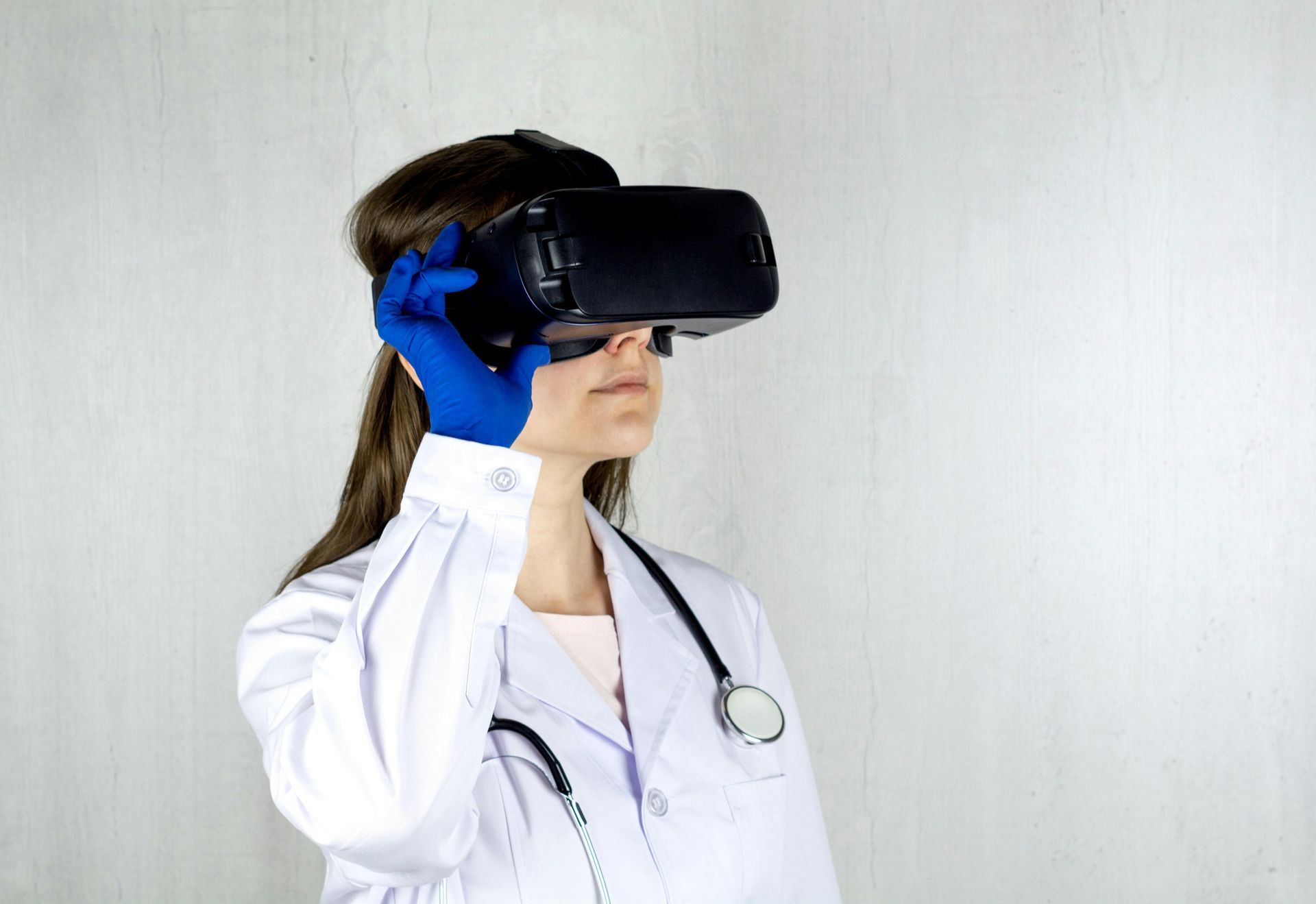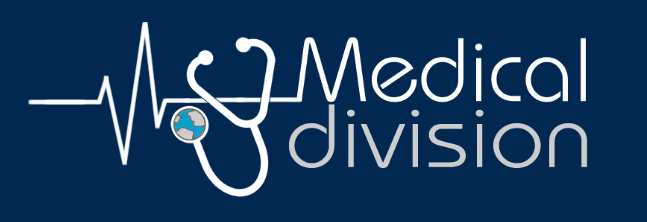Cybersecurity in Medical Devices: Protecting Patient Data
Today, cybersecurity for medical devices is not just a nice-to-have—it’s a must. As our devices get smarter and more connected, they also become more vulnerable to cyber threats. For medical device manufacturers and designers, understanding and implementing robust cybersecurity measures is crucial to protect patient data and ensure safety.
Why cybersecurity matters for medical device manufacturers?
We’re living in an age where medical devices, from wearables to surgical robots, are increasingly linked to the Internet and each other. While this connectivity brings incredible benefits—like real-time monitoring and improved patient outcomes—it also opens the door to potential cyberattacks. A breach can lead to unauthorized access to sensitive health information or even tampering with device functionality, putting patients at risk. Recent reports show that healthcare organizations are prime targets for cybercriminals, and medical devices can serve as gateways for attacks. Protecting patient data isn’t just about compliance; it is about safeguarding lives.
Navigating the MedTech Regulatory Landscape
The good news? Regulatory bodies are starting to take cybersecurity seriously. The FDA has laid out guidelines that require manufacturers to address cybersecurity risks throughout the device lifecycle. This means that when you’re designing a new device, cybersecurity needs to be part of the conversation from day one.
In Europe, the Medical Device Regulation (MDR) has also ramped up requirements, pushing manufacturers to focus on risk management and information security. Staying compliant isn’t just about avoiding penalties; it’s about ensuring that your devices are safe and trustworthy.
Best Practices for Cybersecurity in Medical Devices
So, how can you protect your devices and patient data? Here are some practical steps to consider:
- Conduct Thorough Risk Assessments: Regularly evaluate your devices for potential cybersecurity risks. Identify vulnerabilities in your hardware, software, and communication channels that could be exploited.
- Design with Security in Mind: Implement secure coding practices and design principles from the get-go. Use encryption for data transmission and storage, and set up access controls to keep unauthorized users at bay.
- Have an Incident Response Plan: Be prepared for the worst. Develop a clear incident response plan that outlines how to identify, report, and mitigate any cybersecurity breaches. This can make all the difference in minimizing impact.
- Educate Your Team: Make sure everyone—from engineers to end-users—understands the importance of cybersecurity. Regular training sessions can help raise awareness and create a culture of security within your organization.
- Stay Updated on Regulations: Cybersecurity regulations are constantly evolving. Keep an eye on updates from authorities like the FDA and ENISA (European Union Agency for Cybersecurity) to ensure you’re always compliant.
- Collaborate with Cybersecurity Experts: Don’t go it alone. Partner with cybersecurity specialists who know the ins and outs of the medical device industry. Their expertise can help you implement effective security measures and stay ahead of emerging threats.
Cybersecurity in healthcare: Key takeaways
Cybersecurity in healthcare is an increasingly critical concern, particularly as the industry faces a growing number of cyber threats that can compromise sensitive patient information and disrupt essential medical services. Key takeaways from recent incidents highlight the importance of proactive risk assessments and the implementation of robust security measures throughout the device lifecycle. Organizations are urged to prioritize employee training to foster a culture of cybersecurity awareness, ensuring that all staff can recognize potential threats and respond effectively. Additionally, the integration of advanced technologies, such as artificial intelligence and machine learning, can enhance threat detection and response capabilities. As regulatory bodies like the FDA and European authorities tighten cybersecurity requirements, healthcare organizations must adapt their strategies to ensure compliance while safeguarding patient data against evolving cyber threats.
Written by a human – Emi Lecret, medtech translator, English/French








